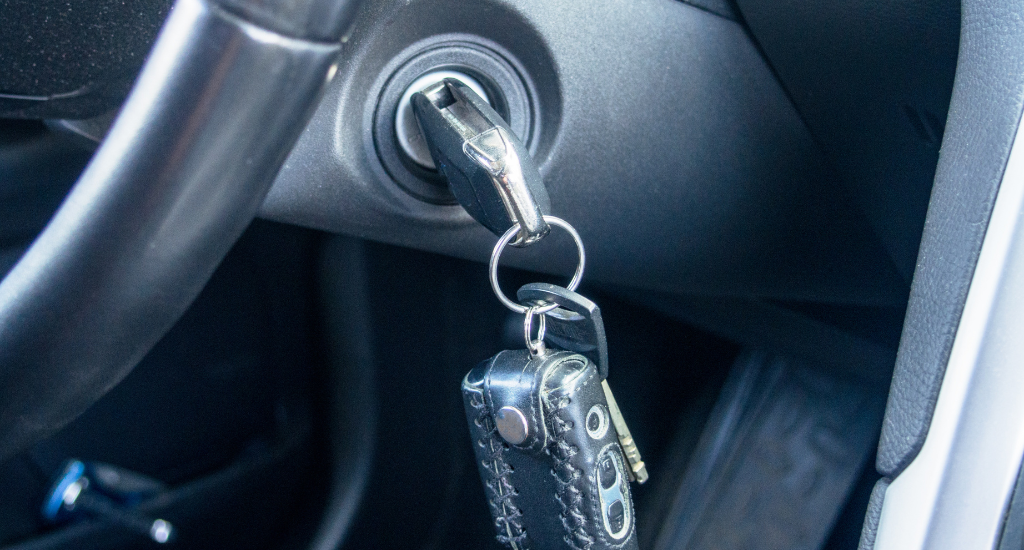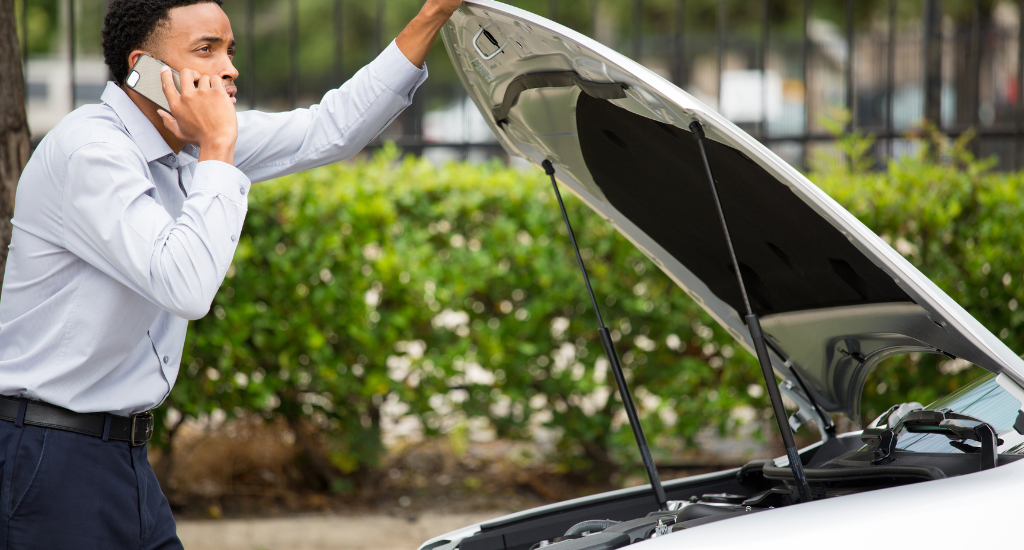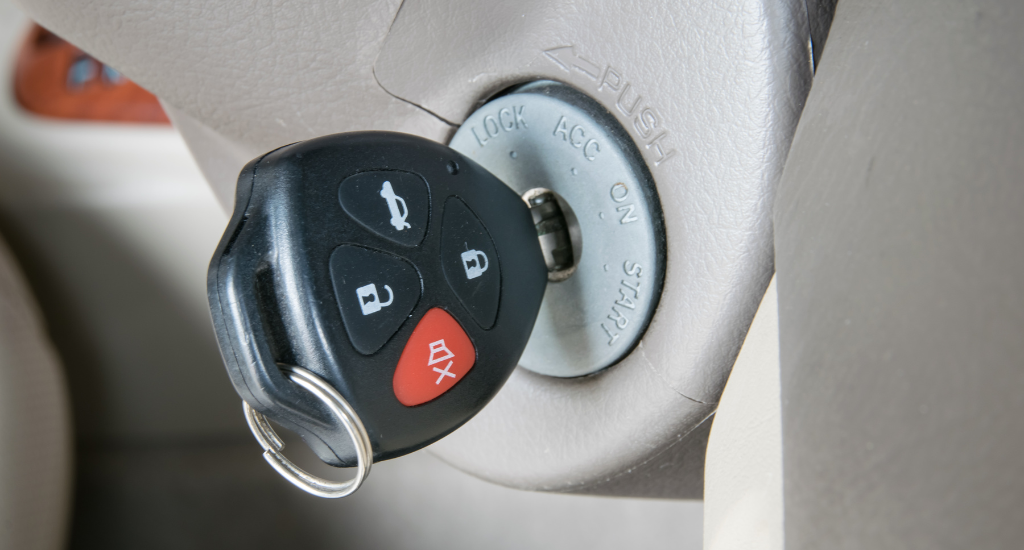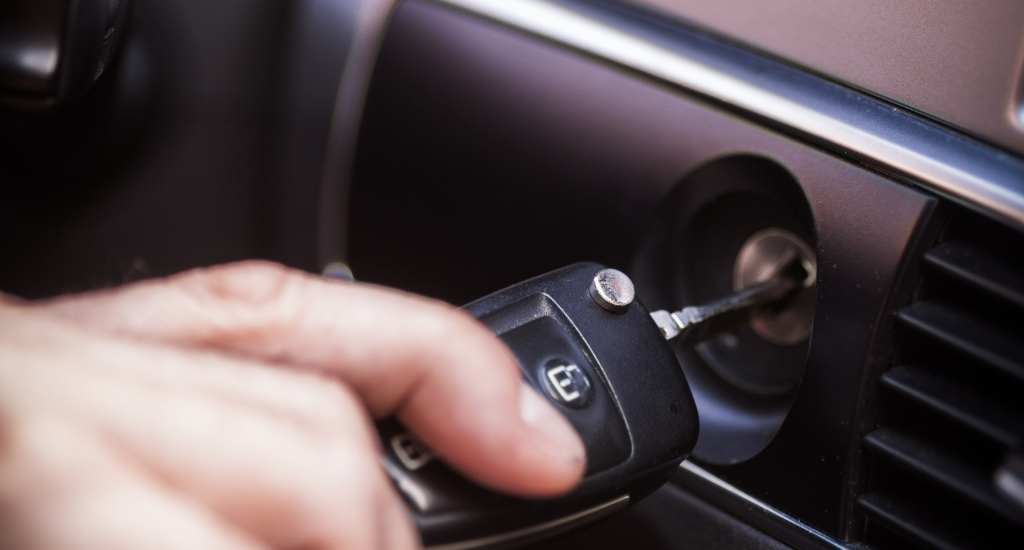Your car’s ignition switch is one of the most important components of the vehicle’s electrical system. It is responsible for starting and stopping the engine and powering other electrical components, such as the radio, lights, and windshield wipers.
A bad ignition switch can cause a range of electrical problems that can be frustrating and even dangerous. In this article, we will discuss how a bad ignition switch can cause electrical problems and what you can do to prevent it.

Before we dive into the problems that a bad ignition switch can cause, let’s take a moment to understand how an ignition switch works. The ignition switch is usually located on the steering column or dashboard of your car, and it has four positions: Off, Accessory, On, and Start.
In the Off position, the engine and all electrical components are turned off. In the Accessory position, the radio, power windows, and other accessories can be used without starting the engine. In the On position, the engine and all electrical components are turned on, but the engine is not running. Finally, in the Start position, the starter motor engages, and the engine starts running.
The ignition switch is connected to the battery, starter motor, and other electrical components. When you turn the key to the On position, the switch sends power to the starter motor and the fuel pump. This allows the engine to start running. When you turn the key to the Off position, the switch cuts off the power supply to the engine and all electrical components, causing the engine to stop running.
Signs Of A Bad Ignition Switch
Now that we understand how an ignition switch works, let’s talk about the signs that indicate a bad ignition switch. There are several symptoms that can indicate a faulty ignition switch, including:
| The engine fails to start | If you turn the key to the Start position, but the engine does not start, it could be a sign of a bad ignition switch. |
| The engine stalls | If the engine starts but stalls shortly after, it could be a sign of a bad ignition switch. |
| Electrical problems | If you notice electrical problems, such as the radio or lights not working, it could be a sign of a bad ignition switch. |
| Difficulty turning the key | If you have trouble turning the key, it could be a sign of a worn-out ignition switch. |
If you experience any of these symptoms, you should have your ignition switch checked by a professional automotive locksmith.
Electrical Problems Caused By A Bad Ignition Switch
A bad ignition switch can cause a range of electrical problems that can be frustrating and even dangerous. Here are some of the electrical components that can be affected by a bad ignition switch:
| Starter motor | A bad ignition switch can prevent the starter motor from engaging, preventing the engine from starting. |
| Fuel pump | The ignition switch sends power to the fuel pump, which pumps fuel from the tank to the engine. If the fuel pump is not receiving power, the engine will not start. |
| Battery | The ignition switch is connected to the battery, which provides power to the starter motor and other electrical components. A bad ignition switch can cause the battery to drain quickly, which can lead to other electrical problems. |
| Lights | A bad ignition switch can cause the headlights and other lights to flicker or not work at all. |
| Accessories | A bad ignition switch can prevent accessories, such as the radio, power windows, and air conditioning, from working properly. |
These electrical problems can be frustrating and even dangerous, especially if they occur while you are driving. It is important to have your ignition switch checked by a professional mechanic if you suspect that it is faulty.
Potential Dangers Of Driving With A Bad Ignition Switch
Driving with a bad ignition switch can be dangerous, as it can lead to a range of problems that can put you and your passengers at risk. Here are some of the potential dangers of driving with a bad ignition switch:
❌ Loss of power steering – If the engine stalls while you are driving, you could lose power steering, making it difficult to steer the car.
❌ Loss of brakes – If the engine stalls, you could also lose power brakes, making it more difficult to stop the car.
❌ Car fire – A bad ignition switch can cause electrical components to overheat, leading to a car fire. This can be especially dangerous if the fire occurs while you are driving.
❌ Stranded on the road – If your car stalls while you are driving, you could be stranded on the road, which can be dangerous, especially if you are in a remote area.
It is important to have your ignition switch checked by a professional mechanic if you suspect that it is faulty to avoid these potential dangers.
Repairing A Bad Ignition Switch
If you suspect that your ignition switch is faulty, you should have it checked by a professional mechanic. The mechanic will diagnose the problem and recommend the best course of action. Depending on the severity of the problem, there are several methods of repairing a bad ignition switch:
| Ignition switch replacement | If the ignition switch is worn-out or damaged beyond repair, it will need to be replaced. This can be a complex process that requires specialized tools and knowledge. |
| Electrical system repair | If the electrical system is the source of the problem, the mechanic may need to repair or replace electrical components, such as the starter motor, battery, or fuel pump. |
| Ignition switch repair | In some cases, the ignition switch can be repaired rather than replaced. This can be a cost-effective solution, but it depends on the severity of the problem. |
The cost of repairing a bad ignition switch can vary depending on the severity of the problem and the type of repair needed. It is important to have your ignition switch checked as soon as you suspect a problem to avoid more costly repairs down the line.
Preventing Ignition Switch Problems
Preventing ignition switch problems is important to avoid the potential dangers and costly repairs associated with a faulty ignition switch. Here are some tips for maintaining a healthy ignition switch:
✔ Turn off all accessories, such as the radio, lights, and air conditioning, before turning off the engine. This will prevent unnecessary wear and tear on the ignition switch.
✔ Make sure that you are using the correct key for your car’s ignition switch. Using the wrong key can damage the ignition switch.
✔ Avoid using excessive force when turning the key. This can damage the ignition switch and cause it to wear out faster.
✔ Regular maintenance, such as oil changes and tune-ups, can help keep your car’s ignition switch in good condition.
Stay Safe and Secure – Don’t Ignore a Faulty Ignition Switch
In conclusion, a bad ignition switch can cause a range of electrical problems that can be frustrating and even dangerous. It is important to have your ignition switch checked by a professional mechanic if you suspect that it is faulty to avoid potential dangers and costly repairs.
By following the tips for maintaining a healthy ignition switch, you can prevent ignition switch problems and keep your car running smoothly. Remember, your car’s ignition switch is a vital component of the electrical system, and it deserves proper care and attention.




